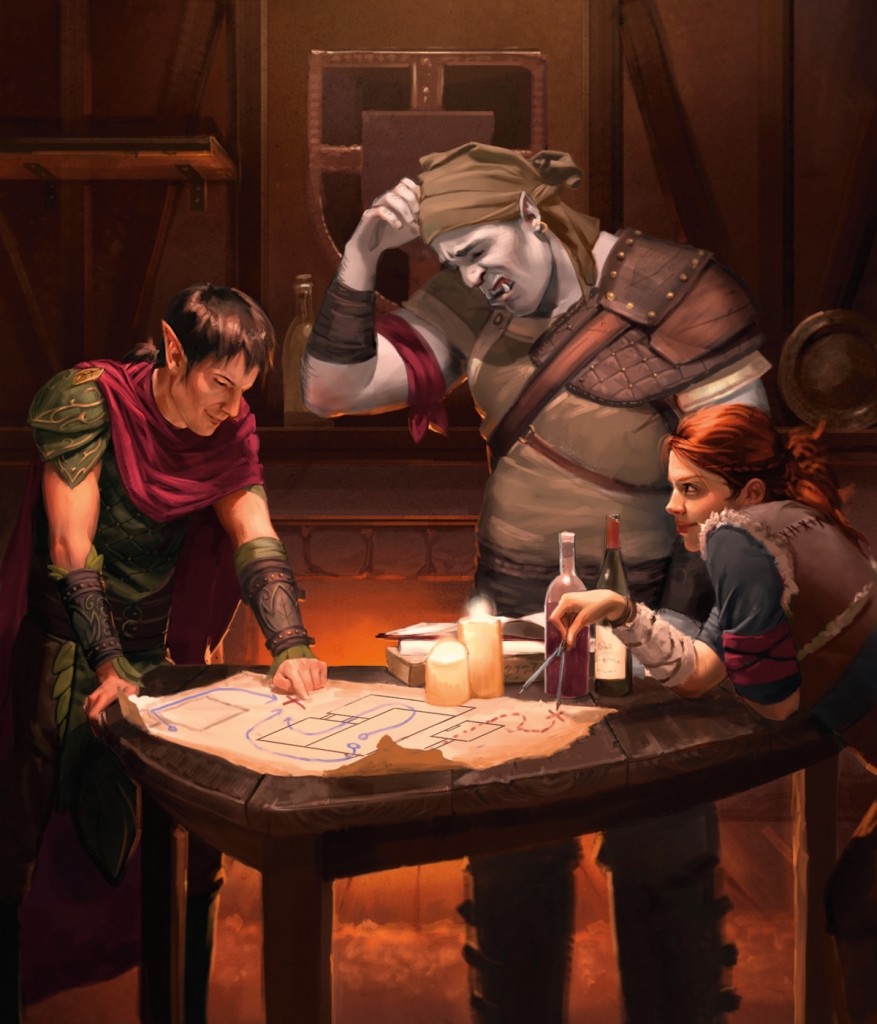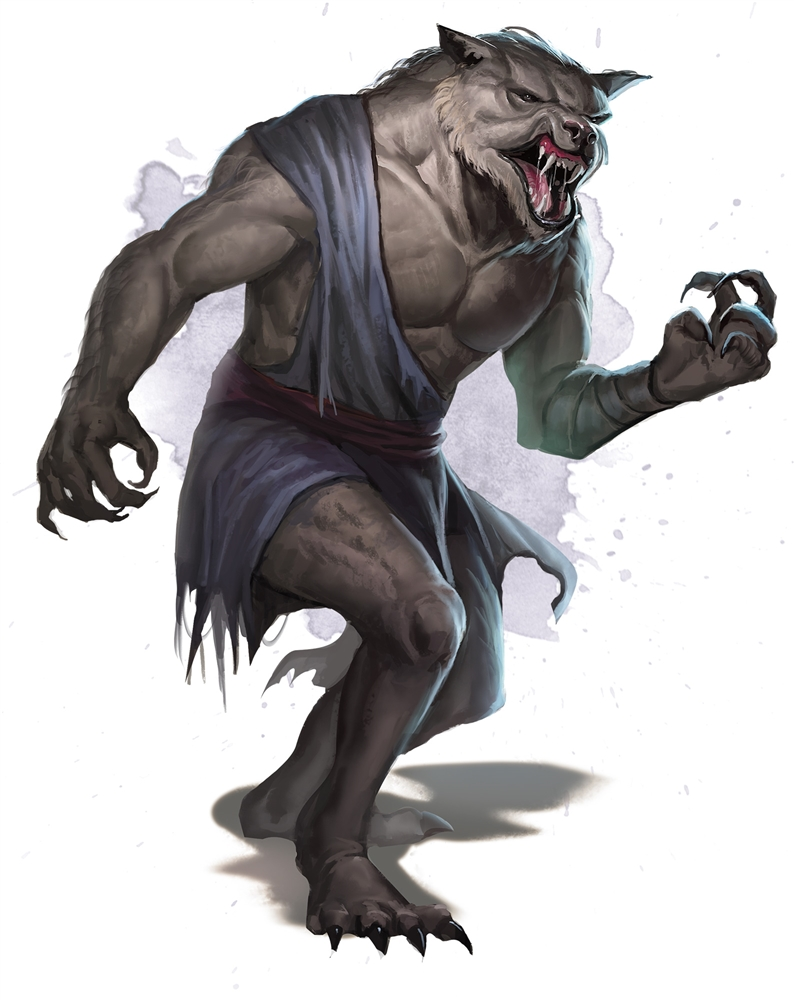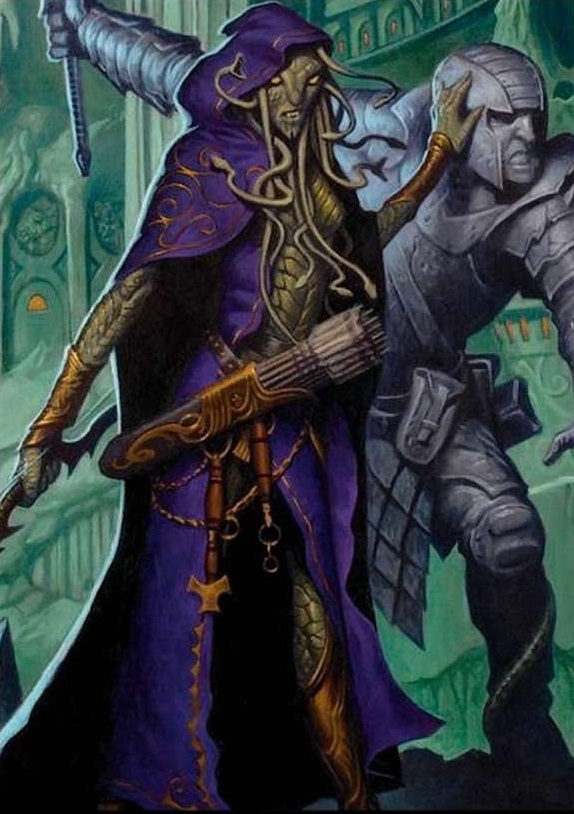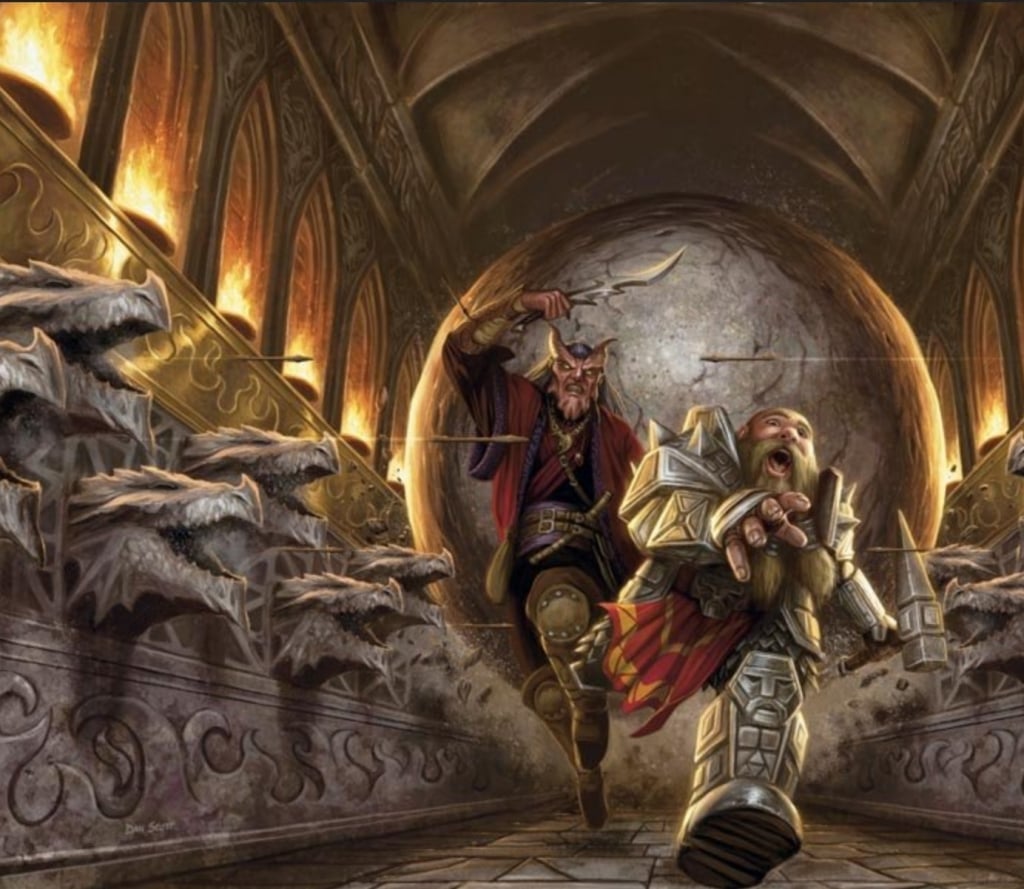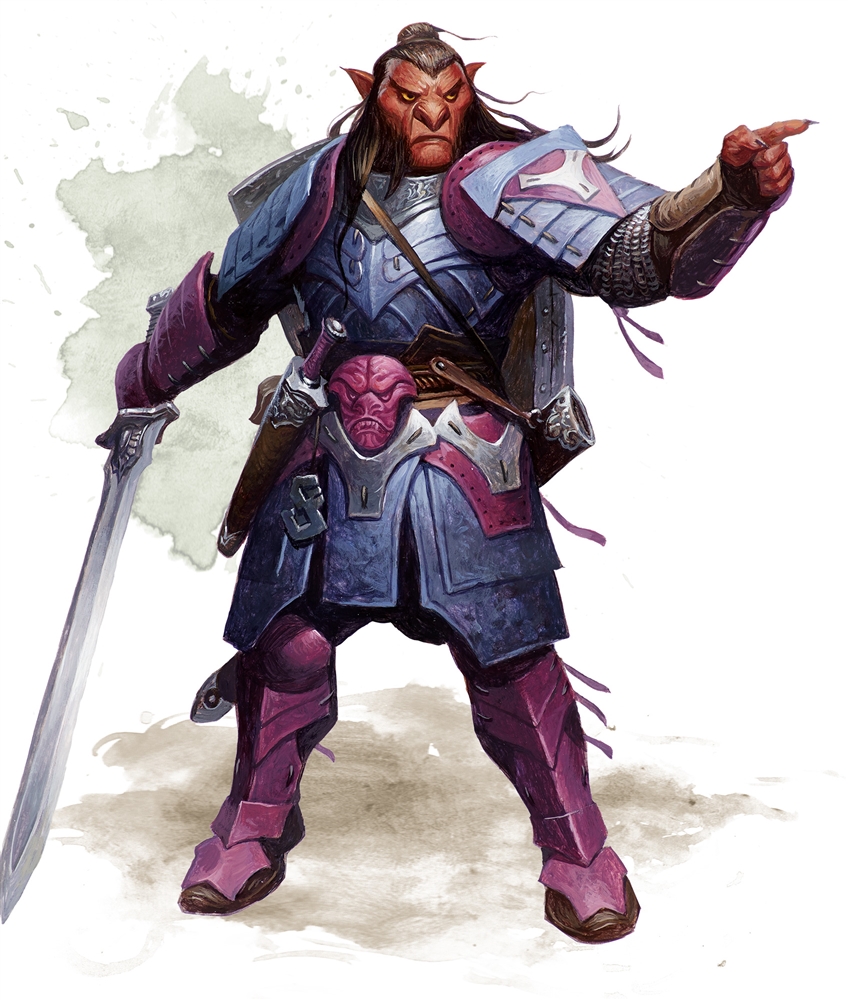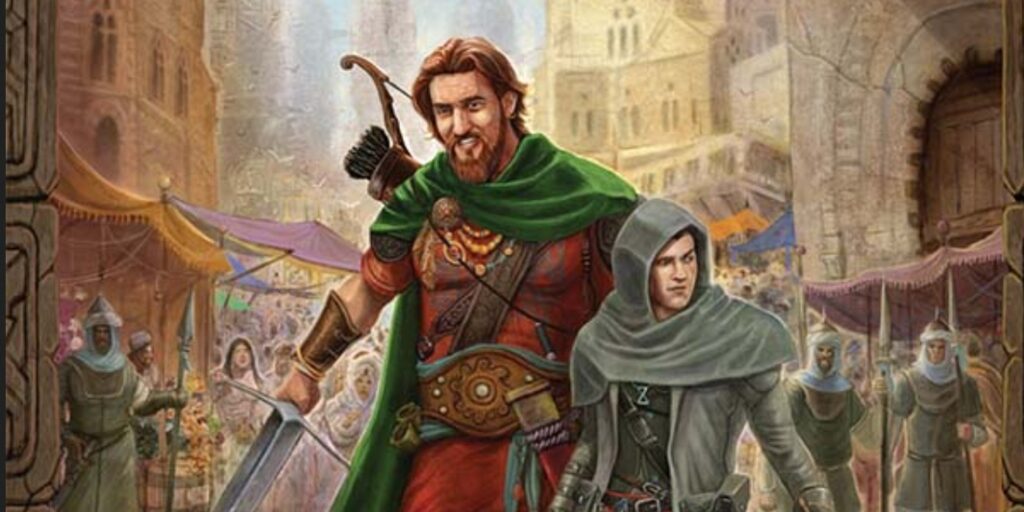4th Edition Mechanics We’d Love to See in ‘One D&D’
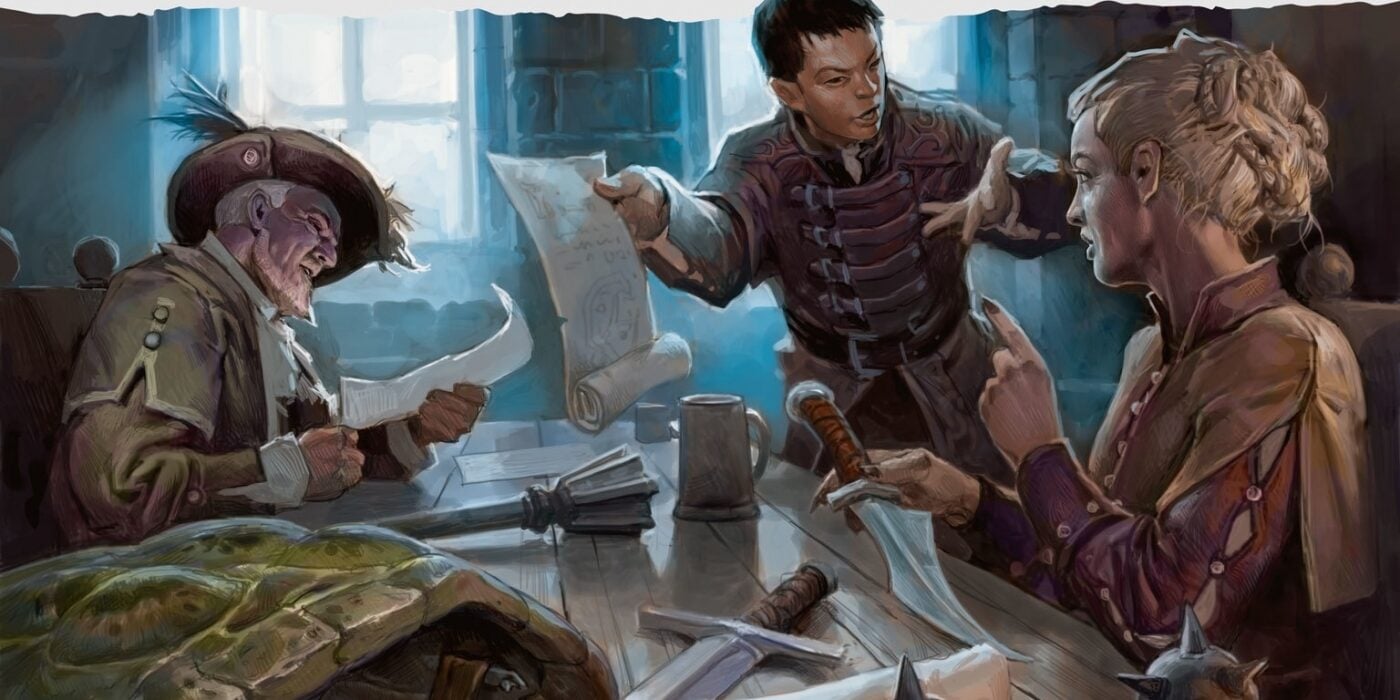

One D&D will take Dungeons & Dragons into the future. But is the best way forward actually stepping back to 4th Edition mechanics?
Love it or hate it, 4th Edition changed D&D. It marked a brazen departure from the ethos of 3rd Edition. Up until then, monsters and adventurers and everything else largely played by the same rules. There were very specific guidelines for simulating a world. Then 4E came along and added damaging auras and actions tied to hit point totals. All stuff straight out of the video games of the time.
Some folks loved it. Others hated it. And when the dust settled, some of 4E’s best ideas found new life in 5th Edition. But with One D&D promising to change everything, and especially getting just a little bit more codified in terms of its game-ness… perhaps the time has come to revisit some of 4th Edition’s best mechanics left buried in the dust.
4th Edition Mechanics Ready Made for One D&D
How would 4th Edition Mechanics fit into One D&D? And why now? The answer to this lies in some of the underlying changes in One D&D‘s mindset. Now, a lot of this is inferring a lot from the first playtest packet.
But in it, we see some 4th Edition design principles rearing their heads again. The “d20 Test” is a game concept that gets its own definition. Backgrounds are vehicles to give you a feat. Feats have specific requirements, levels, and the like. In short, One D&D treats the rules of D&D a little more like a modern game with keywords that have specific meanings and everything.
It’s a little less “natural language”-focused, which led to confusion around how certain abilities work. This increased structure, and moreover, the incorporation of that structure into the world of the game makes One D&D ripe for 4th Edition mechanics.
Perhaps none better than a favorite of 4th Edition: Bloodied.
Bloodied
Bloodied is about as video game-y as it gets. This rule acknowledges that hit points are a real, measurable thing and that they impart a certain status. In 4th Edition Mechanics terms, Bloodied was a status that you got when you hit half your maximum hit points or below.
It was an easy way to tell players that enemies were getting beaten up. Even now you might have played with a DM who says things like “the dragon’s hurt, not too bad, but hurt.” Or “the dragon looks like it’s on its last legs.” As a sort of visual cue. But Bloodied cuts through the vagueness. It means half-hit points.
And it was a status that did more than that. Certain monsters became more powerful when they were Bloodied. Like bosses that enrage at certain life totals. They might gain access to new moves, or have abilities to deal more damage while bloodied.
The same goes for player characters. Or they might have abilities that deal more damage to bloodied targets. That was a distinctive feature of certain kinds of Rogues who were adept at finishing off-targets. Or vampires who thirsted for blood.
It was a way of triggering a change in standard moves without having to write a new ability or anything. It made fights more dynamic, and made healing damage a little more important since being bloodied might make you more vulnerable.
Skill Challenges
Skill Challenges might be the second-most looked-for or homebrewed mechanics in 5th Edition. Again, these debuted in 4th Edition and are probably one of the biggest successes of the game. Unfortunately, they vanished in 5th Edition’s rise.
A Skill Challenge, if you’re unfamiliar, is a way of representing a long action. Something like a chase, or getting around a fortress unseen, or tracking down a magical ritual happening in town. These represented a larger chunk of narrative action. And were a great way to get the whole party involved.
Everyone needed to roll, and the party needed to succeed on X number of checks before accruing 3 failures. Easy challenges might need 3, but harder ones could need upwards of 12 successes.
This was a great way of bringing creativity and engagement to the whole party. Every player had to make a roll, and you had to change up the skills you were using. Certain abilities could sub in for a roll, generating an automatic success. Certain checks might result in an automatic failure. But these were exciting moments for everyone to participate.
And now One D&D could bring those back. Giving those skills and especially the tool proficiencies, a reason to be used outside of just setting up combat.
Martial Power
Finally, let’s talk about the so-called “martial classes.” These are the characters who have no magic powers. Or whose power is limited. Fighters and Rogues without spells, even Monks or Rangers might qualify. These are characters who have a hard time keeping up with characters that have more magical might.
There’s the old saying about how the company isn’t called Fighters of the Coast. But, one of the biggest complaints you’ll see is that “martial characters” start to fall behind once you get past 3rd or so level. As spellcasters are just opening up, martial characters hit their limits or are at least restricted to doing more of the same.
One D&D could change that with a popular 4th Edition mechanic. Two 4th Edition Mechanics for One D&D, actually. The first is a look at the power sources—in 4E, you had different sources of power. There were Arcane, Divine, and Primal, all of which are present in One D&D’s playtest packet. These represent the different kinds of magic and magic users: wizards/warlocks/sorcerers/bards, clerics/paladins, druids/rangers, and so on. But 4E also had Martial Power, which was basically like spells for fighters and rogues and anyone else who didn’t use “magic.”
One D&D could bring back martial abilities that basically fulfill the role of spells. The Warlord, perhaps the most popular 4th Edition class, was a warrior who did not use magic, but who did heal and support the party. One D&D could brave new (old) ground here.
What 4th Edition mechanics would YOU want to see return to D&D?

